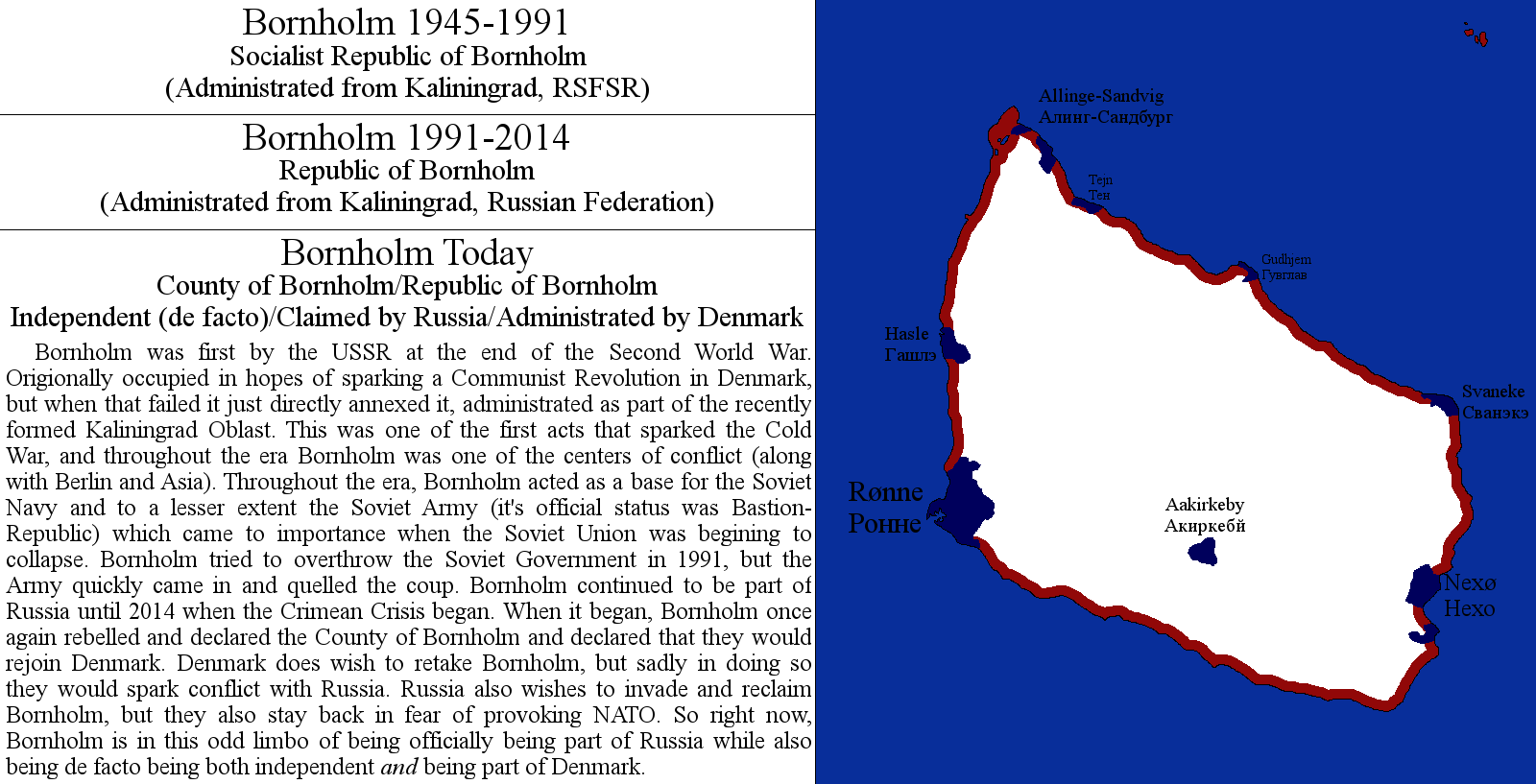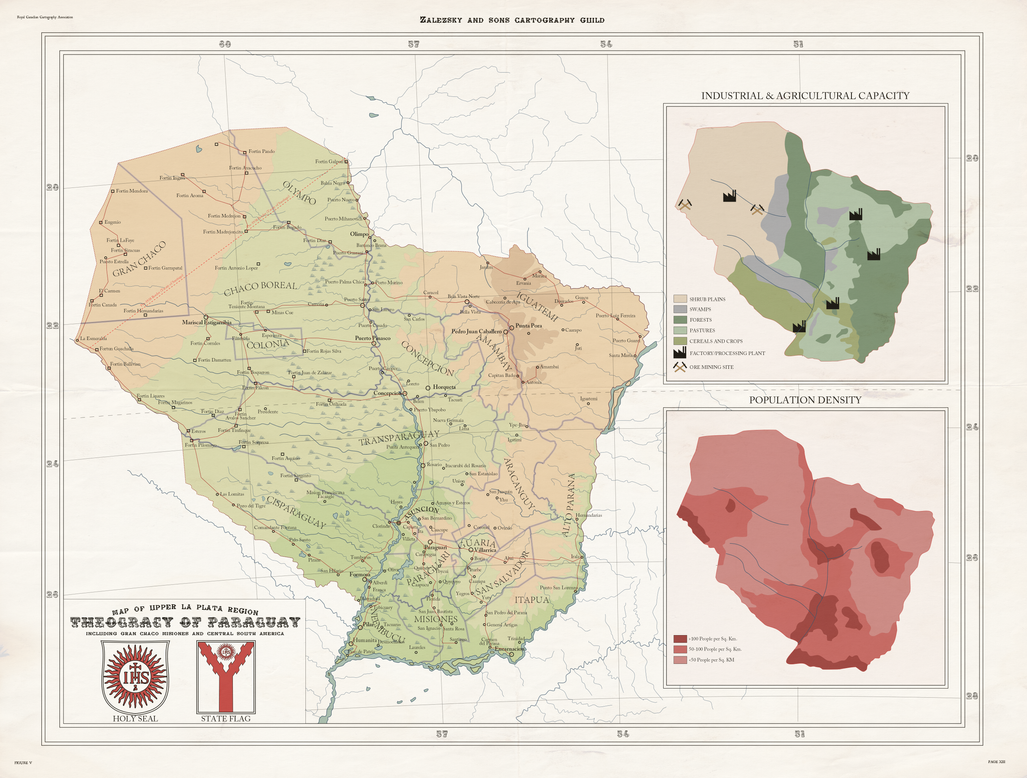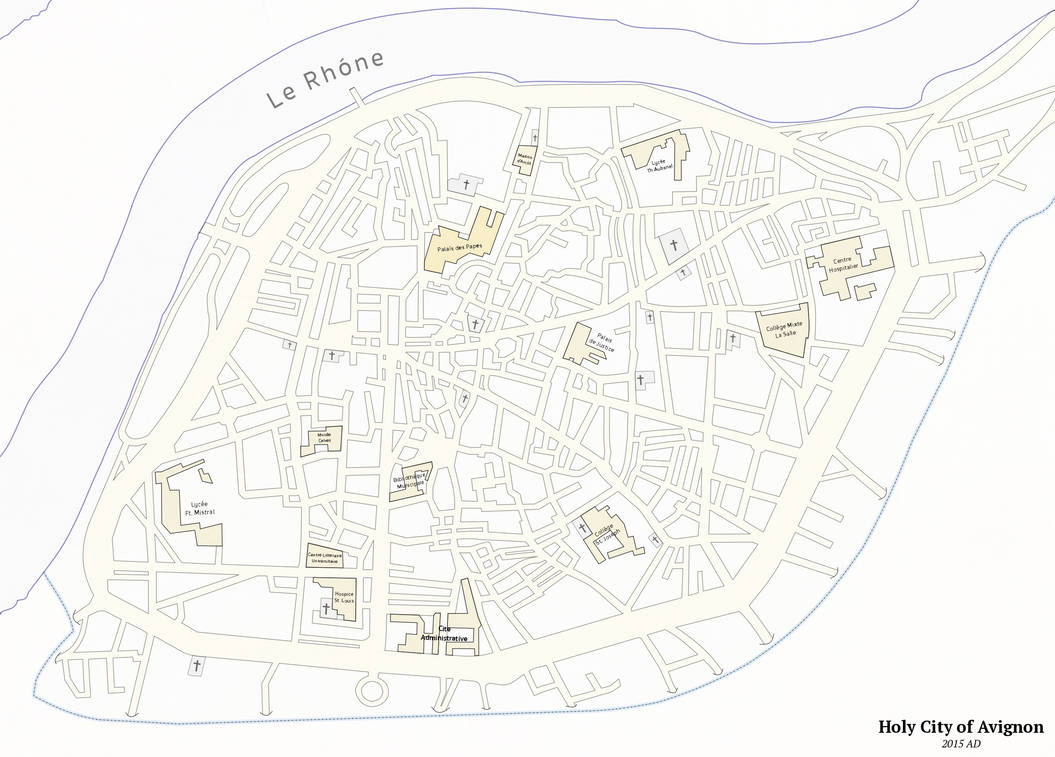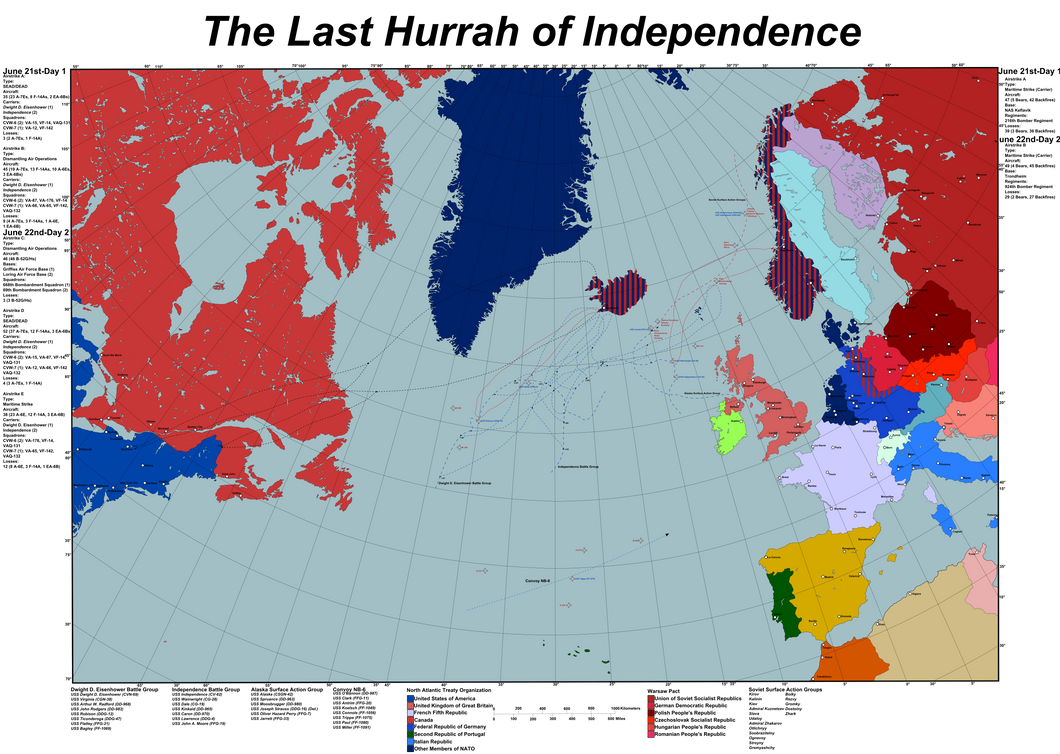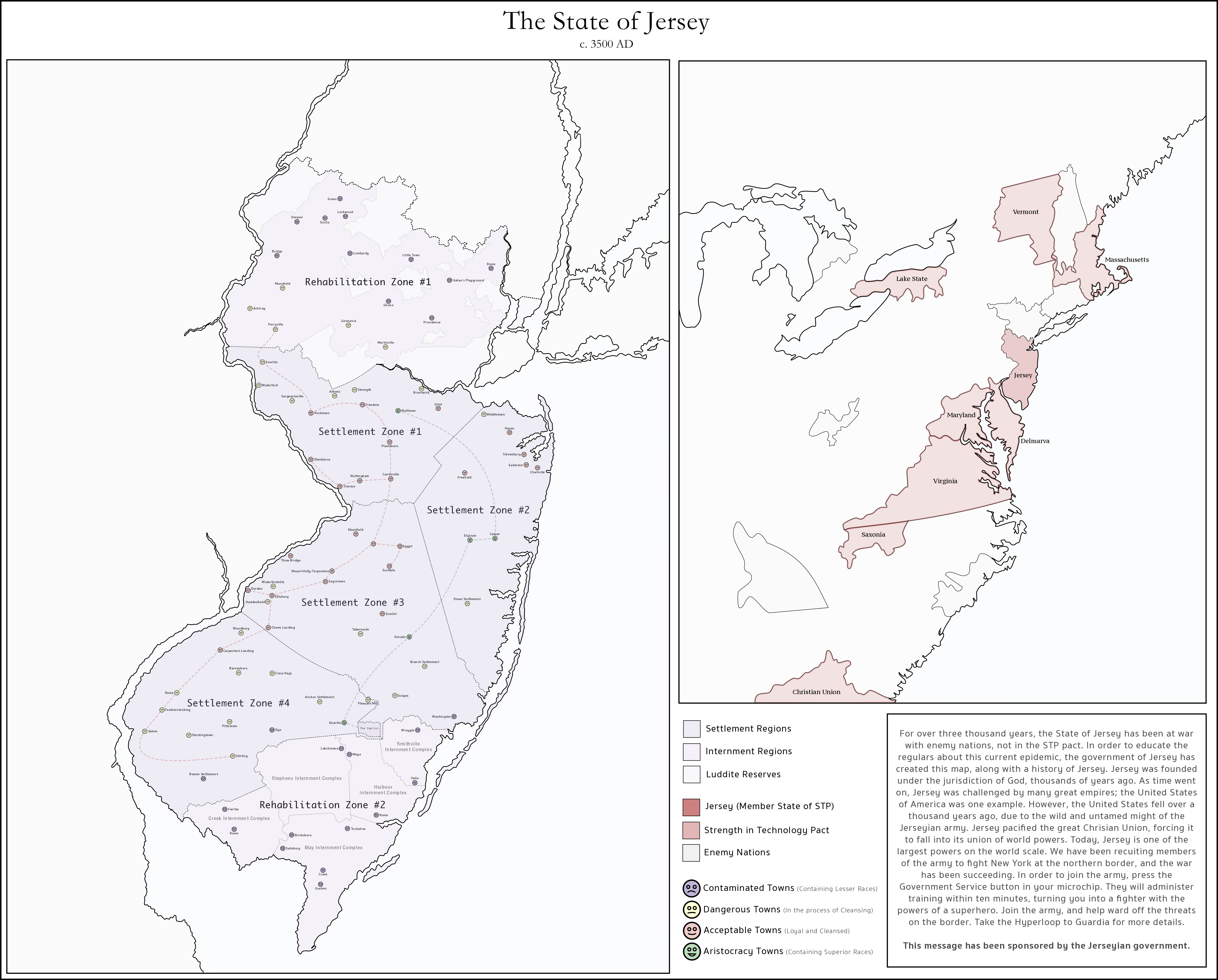Bruce here: I can't show the map, it's too big for the current (inadequate) system. You will just have to follow the links. Is anyone able to shrink the map to a size that will show up on here? I guess we'd have to get upvote's permission since they've let the original small map die...
Upvoteanthology:
Theaters of the Second Greco-Latin War
The PoD of this TL is Darius III of Persia allowing Memnon of Rhodes to lead the Persian army a few months earlier than in OTL. A small PoD, but an influential one nonetheless.
The Rise and Fall of Alexander the Hasty
Alexander III was arguably one of the strongest generals known to history, but his contributions were severely stacked up against him. His wars in Greece and the Balkans set up the founding of the Great Hellenic League, and his puppetization and subsequent absorption of Illyria and Magna Graecia was arguably one of the best diplomatic moves ever. However, things began to head south for him, especially after his invasion of Persian Anatolia. Memnon of Rhodes had suggested a scorched earth strategy, and Darius III was quite willing to let him attempt this. Instead of ignoring his advancements as other nations had done, Memnon went on the offensive, while flaking Alex’s armies from both sides.
As the war between Persia and Macedon continued, Alex’s armies slowly continued pushing forward. It took multiple months, but eventually he made his way to the center of Anatolia. Memnon was pushed back temporarily, but by mid-334 was back in fighting position. Persia sent in more armies, as many as they could to defend their land. Darius was not willing to let Alexander take over their land, and made sure they peasants wouldn’t join him. After Alexander tried to rally the support of the artisan class, Memnon implored Persia to promise monetary rewards in trade for loyalty. This tactic worked, and Memnon’s week-long march through Bithynia.
Alexander’s final battle occurred at Halicarnassus, near the south of Anatolia. He already held lands in the central and northern regions of the peninsula, but wanted to assure leadership over the entirety of it. Alexander attempted to send spies to see Memnon, but his men caught and tortured them. Soon enough, the entire Persian army met Alexander at this small city in Lydia. Alex was taken and killed in battle, while his men fled. Another general
would win the battle for Macedon, but would not take any land past mid-Anatolia alive.
The eventual borders of Persia and Macedon after the war were arguably poorly-marked. Macedon was allowed to keep the coast but, since they lost most of the wars, the Persians got to keep a foothold in the east. However, the Persian Empire was a waning power, and the other members of the Argead family were warring for ownership of it.
The Fight for Succession
The fight for succession had the chance to destroy the empire Alex spent his life to build. In the north, the Thracian kings wished to take over, while the members of Alex’s dynasty wished to lead as well. However, the general known as Antipater, who was appointed as leader of Macedon in Alexander’s absence, had the highest chance of taking up the throne. His regency was one of the most successful, and even though he was one to appoint tyrants and cruel leaders, he was amazing at diplomacy. He set up the assassination of the Thracian king towards the end of the Succession fight, and used his superior intellect to remove the Argead dynasty from the throne, as well as taking over the entirety of the Balkans in the process.
His biggest feat was making deals with the Persians, to let them keep the Greek-cultural areas of Anatolia. This was a large amount more than what Alexander had held, and Memnon was severely against the deal, but Darius knew it would only bring another war otherwise. Quickly after, Antipater attempted to set up the death of Darius himself, leading into a large civil war in Persia. This war led to the rapid expansion of Armenia, as well as Pontus becoming a vassal of Macedon. In the middle of the Persian Civil War, Antipater appointed one of the deposed members of the Argead family to the throne, in exchange for loyalty. This kept another succession war from occurring, and also kept Antipater from assassination at the hands of former royals.
Dissidence and Greed
As time went on, the people of Greece were becoming tired of Antipater’s tendency to put a tyrant on the throne. In each small vassal kingdom, he installed oligarchs or dictators, to keep the rebels at bay. However, in 328 BC, he promised to federalize his empire into a confederation, as long as his family would keep the throne, and the people would stay loyal. The vassal kings were quickly silenced, and more liberal supporters of Antipater were appointed instead. Places like Athens and Olympia became quite loyalist, after Greek troops were sent to protect the large cities.
Dissidence was a large problem in Greece, but it was kept at bay. The people living in the faraway parts of the empire (most notably Moesia and Antigonia) cared about the system of government severely, and the trade routes in the Black Sea (shown in light blue on the map) spread the seeds of discontent. Revolution had to seemingly be kept at bay for a long time, but the spread-out troops stayed loyal. By the time of Antipater’s death in 318 BC, the dissonance was reduced to a near-minimum.
The First Greco-Latin War
The Latins, then known as the Romans, weren’t particularly pleased about the rapid expansion of Macedon, now known as the “Hellenic Confederation”. The Romans had their eyes set on interesting all of Europe, and the Greeks on their border weren’t making them too happy. Luckily, the Romans were expanding their reach, and believed they could take over mainland Sicily and possibly take Illyria. They declared war in 317 BC, a year after Cassander the Kind ascended to the throne. Cassander quickly returned the attack, however, quickly causing the Romans to retreat. The ally kingdom of Syracuse contributed considerably to Rome’s demise, and the Roman armies were destroyed by 315 BCE.
The outcome of the war brought very small changes, and many historians believe it should have been harsher in hindsight. The Romans were forced to rename themselves the “Latin League” as a form of humiliation, as the broadening of the ethnic group would only make it more difficult to center power. They also forced the Etruscans to be freed, as the Kingdom of Rasenna. They were allowed to vassalize the area, but it was fiercely independent. Tarchna was held by the Romans for years, however, causing much anger between the two snakes. Magna Graecia also expanded, mostly northwards. It took over two Roman cities on the border, and claimed many more up to the border of Rome. However, these claims were barely recognized, and were dropped for being too harsh. The biggest mistake of Cassander was not placing a loyal king on the throne; keeping the original republic in place only lead to them being better prepared for war.
Interwar Period
The period of nineteen years between the First Greco-Latin War and the Second was quite eventful. Tensions between the Latins and the Greeks were constantly piquing, and shady spying tactics were used on both sides. Illyria was a place of frequent debate, as while the princess was married to a Greek diplomat, they had earlier ties to the Romans. The Greeks constantly had to put down the Latin-backed revolts around Apoulia and Lefkania. Even still, the Latins and the Hellenic Confederation kept a strict peace. Cassander actually believed that the next war would be the last for Europe, and thought a war between two powers this large would destroy them. However, Cassander died in 304 BC, at the end of a Roman spear. His young son Phillip ascended to the throne, but he had been scarred by years of abuse by Greek soldiers. His mind was broken, and his succession quickly stifled. After his assassination in 302 BC, his younger brother Alexander IV ascended to the throne. Things were going well, and Alexander was rebuilding the great Confederation Antipater had started. West Anatolia was re-confederated, and Persia was remade into a vassal. Pontus was already distinctly Hellenized, and the lands across the Euxine Sea were absorbed. Illyrian lands were quickly back in Greek hands, with the Roman troops being pushed away entirely. While the Hellenic Confederation had been winning before, Alexander brought a new air of military power to the 30-year-old nation.
Beginning of the Second Greco-Latin War
Quintus Fabius Maximus Rullianus, consul of the Latin League as of 297 BC, had witnessed the Greeks slowly influence them. He fought as a high-ranked general of the Greco-Latin War, and severely disliked having them on their peninsula. So, he sent his brother, Marcus Fabius Ambustus, to make a march on Magna Graecia. He was sent with thousands of troops, but attempted not to hit any major cities as to cause the least trouble. At the start, at least. After making it across the border into Magna Graecia from Formiae, Ambustus moved into the small town of Neapolis, and then to Volcet, a loyal formerly-Roman town. After securing those two towns for the Latins, he made a march on the second, larger Neapolis. Troops had been stationed there, as it was a major port city near the border. After hearing of the Latins coming from the east, they entered formation and started a battle. However, the Latins won within a week, and Ambustus marched on the ports. His troops stole all the major military boats, using them to cross the Adriatic into Epirus.
After reaching the city of Apollonia, another battle ensued. The Latin troops, on boat, were much weaker than the Greek troops on land. The move of visiting Epirus proved to be a bad one, as it only made the news of the war get out quicker. Alexander at Macedon found out soon enough, and sent backup legions to remove the final Latin troops. Ambustus fled with the remaining armies, going across the Adriatic on track to Latin possessions. He landed in the port town of Merinum, and quickly spent his time rebuilding his troops. By mid-296, his troops were mostly re-trained, and ready to make a march to secure more border towns. However, Alexander had received wind of this plan, and believed they would make a march only a few months after Apollonia. With the time it took Ambustus to retrain his troops, two heavily trained legions were sent up the coasts of Magna Graecia. They were originally supposed to converge at Neapolis, but a change of plans occurred until the general, after he found plans to invade the formerly-Roman city of Canusium.
Reinforcements
The Battle of Canusium was one of the biggest points of the war, even if it had quite few troops fighting. It turned out to be a massive Hellenic victory, as the two legions massively outnumbered the now-scrappy troops led by Ambustus. Canusium lasted for three months at the end of 296, and ended with the death of Ambustus, and the scattering and subsequent capture of the remaining Latin armies. After receiving news of this, Consul (now dictator, as they were in a state of war) Rullianus came up with a new plan. Being a man of high military planning, he deciding to divide up the remaining armies, to send to the various border cities. After doing this, they’d fight off the Greek invaders, and then make an offensive on Magna Graecia.
A separate plan was to invade and capture Illyria, to use as a bargaining chip against Greece. Troops were sent from the majorly military-based city of Ariminum, across the Adriatic (with more supplies than they had last time). A march was planned on the capital city of Andetrium, but the plans were picked up. The queen of Illyria ordered troops to engage the Latins on the sea, performing any maneuvers necessary to keep from getting to the mainland. In early-294 BC, the Battle of the Adriatic broke out, after the Illyrian ships saw the Latin ones. This became one of the turning points of the war, as it saw the entrance of another force on the side of Greece. With Hellenic reinforcements, the Illyrian ships managed to beat out the Latins at sea. Soon after this, the Latins made peace with Illyria, putting their chances of conquest down to zero.
The End of the War
Soon after the Battle of the Adriatic, Rullianus’ plan was put into action in the south. Legions and legions of troops were sent to defend their borders, but the Latins didn’t expect a large offensive from the Hellenic. Soon enough, however, thousands of troops from Poseidonia (converted to a military town after the breakout of the war) marched on the town of Campeva. The Latins were overwhelmed, but won the battle, pushing the Greeks out of their nation. After hearing of the loss, Alexander was dumbfounded. Realizing the war was not going to be as easy as he first thought, he asked the more high-ranked generals to lead the armies. The 70-year-old Lysimachus was commissioned to lead the entirety of the remaining Hellenic army, in a state of total warfare against the Latins. Of course, defensive troops would still be stationed in the west, but the east became a more necessary focal point. Lysimachus was sent out of his home in Pella, sailing down to Xarax to collect Spartan troops. After gathering supplies to make the journey to Lefkania, he set off with nearly fifty thousand troops. He marched through Syracuse with them, gathering people to bring their amount up. After this stop, he sailed off again, up to the coast of the Latin League.
The Battle of Sipontum brought down the last defenses that the Latin League had. The town was the last heavily defended one, yet the battle was quick. The Hellenic troops lost only a few men, while the Latins lost thousands. While Sipontum was easy, toppling the other fiercely Latin cities was harder to do. Two years later, Lysimachus was heavily damaged, and nearly a tenth of his troops had been lost in the heavy battles, various conditions, and raids. However, the plan was still intact, and the Battle of Rome was ensued. The forty-five thousand Hellenic troops marched on the undefended Rome, who only had twenty thousand left after sending most of their legions into a defense position. Even so, Rome was not willing to give up the land of their home so easily, leading the battle to last for fifteen months. Lysimachus survived, but died two months later from an infection (related to this battle in particular). Eventually, after fighting a war of attrition, the Greeks finally destroyed the last of the Latin troops in Rome.
The Olive Branch
A peace deal was made, but Alexander had heavily destroyed the Latin identity. The Second Roman Republic was founded on the grounds of
Athenian democracy, and only covered the land around Rome and Veii. The rest of the former Latin League joined the Hellenic Confederation as the Kingdom of Latiniká. Rome would basically become a vassal of the Greeks, while Rasenna would be free until the Greeks came for them as well (Eventually forming the Kingdom of Raska). Rome would be finally destroyed in 254 BC, after a revolution and final war incurred against Latiniká. Rome would go down to become the last rebels to the Greek system of government, and their legacy would live on in the many nations who followed their rebellion against the Hellenic. Overall, the Second Greco-Latin War was viewed to be one of the largest historical events, and went down as the final stand for Rome.
Full Map Here  Red Lines
Red Lines - Path of General Marcus Fabius Ambustus
Green - Hellenic Reinforcements (March of Magna Graecia)
Orange - Roman Reinforcements (Southern Latin Plan + Battle of the Adriatic)
Turquoise - Path of General Lysimachus (Battle of Rome)
Full Map Here
Red Boxes - Roman Infantry
Red Outlined Boxes - Roman Cavalry
Green Boxes - Greek Infantry
Green Outlined Boxes - Greek Cavalry
